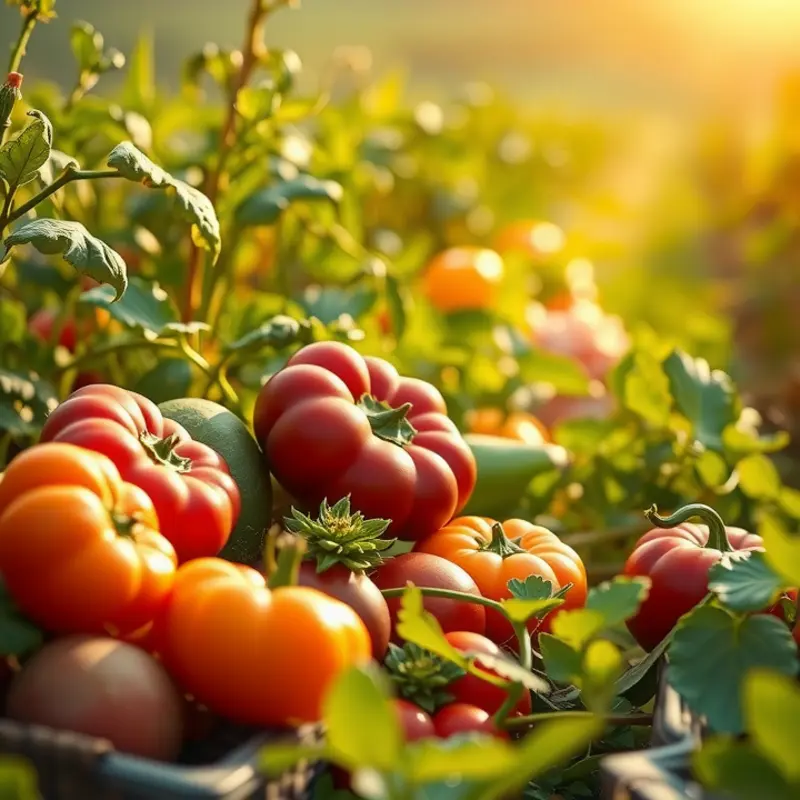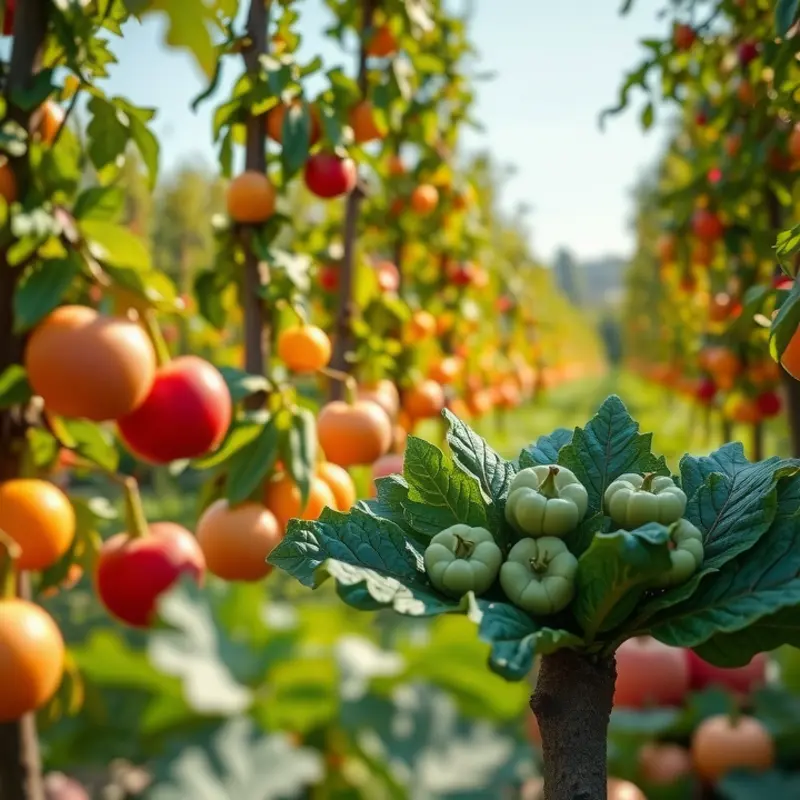Hungarian cuisine reveals a vivid tapestry of flavors, influenced by centuries of history and diverse cultures. From the warmth of paprika to the heartiness of goulash, each dish tells a story that reflects the spirit of the Hungarian people. As food enthusiasts and culturally-curious readers embark on this flavorful journey, they will uncover not only delightful recipes but also the cultural significance woven into the fabric of Hungary’s cooking traditions. Prepare to tantalize your taste buds and inspire your culinary adventures.
A Symphony of Flavors: Key Ingredients in Hungarian Cooking

Hungarian cuisine is renowned for its robust and resonant flavors, drawing from an array of ingredients that are as rich in history as they are in taste. Central to this culinary masterpiece is the vibrant red spice, paprika. Revered in Hungarian kitchens, paprika ranges from sweet to hot and lends depth to stews like pörkölt and gulyás. The best paprika is often sourced from the fields of Szeged and Kalocsa, where the climate and soil yield spices of exceptional quality.
In addition to spices, rich meats, such as pork, beef, and game, are cornerstones of Hungarian cooking. Pork is particularly favored, appearing in many forms, including sausage (kolbász) or lard, which provides a flavorful base for many dishes. Beef often finds its way into hearty stews, and the hunting heritage of Hungary provides an influx of game meats like venison and wild boar.
Hungary’s fertile plains also produce a bountiful harvest of seasonal vegetables that play a fundamental role in its gastronomy. The quintessential use of onions and garlic forms the aromatic base for many traditional dishes. Meanwhile, cabbage, potatoes, and root vegetables offer hearty, comforting flavors that are perfect for the colder months. Tomatoes and bell peppers contribute fresh notes, reflecting the influence of neighboring culinary traditions and trade, which you can explore more in culinary influences.
At the heart of Hungarian food culture, local markets provide a treasure trove of these fresh ingredients. Visiting a piac (market) is an experience unto itself, where the vibrancy and freshness of produce can elevate any dish to new culinary heights. Local markets aren’t just hubs for purchasing; they are integral to the social fabric of the community, where recipes and cooking secrets are passed down through generations.
Together, these ingredients create a symphony of flavors—each element carefully balancing the others. The intricate dance of savory meats, piquant spices, and sweet vegetables produces a cuisine that echoes Hungary’s historical crossroads. From traditional meals served at family tables to street food enjoyed on bustling avenues, each bite is a testament to centuries of culinary tradition.
Understanding the importance of these key ingredients and their role in Hungarian recipes adds a profound layer to your appreciation of this country’s remarkable cuisine. Whether you are savoring a steaming bowl of goulash or biting into a crispy lángos, the synergy of high-quality, local elements is unmistakable, bringing the true essence of Hungary straight to your palate.
Cultures Collide: The Signature Dishes of Hungary

Hungary’s culinary landscape is a vibrant tapestry woven from centuries of cultural influences. At the heart of this rich tradition lies a collection of iconic dishes: goulash, chimney cake, and stuffed cabbage. Each of these staples offers a glimpse into the history and adaptability of Hungarian cuisine.
Goulash, a hearty stew known locally as ‘gulyás,’ is synonymous with Hungarian gastronomy. The dish, originating from the herdsmen of the Pannonian Plain, reflects the austere life of its creators. Traditionally, goulash consists of beef, potatoes, and paprika, a spice brought by the Turks that has become a hallmark of Hungarian cooking. Modern interpretations might include root vegetables or beans, each adding subtle layers of complexity. The evolution of goulash offers insight into Hungary’s history of trade and adaptation, further explored in the global culinary influences of trade.
The chimney cake, or ‘kürtőskalács,’ is a beloved Hungarian pastry that often graces street corners and festivals. This sweet delight is believed to have Transylvanian roots, made with a dough wrapped around a spit and baked over an open flame. Rolled in sugar and cinnamon, it earns its name from the smoky aroma it exudes. Variations with nuts or cocoa provide modern twists that enhance its appeal among tourists and locals alike, each interpretation offering a new sensory experience.
Stuffed cabbage, known in Hungary as ‘töltött káposzta,’ combines culinary techniques from neighboring countries such as Serbia and Romania. This dish features cabbage leaves filled with a finely seasoned mixture of rice and minced meat, simmered in a rich tomato sauce. The dish is often prepared during celebrations, showcasing its importance in Hungarian communal dining. Regional differences manifest in the choice of meat or spices, allowing chefs to express personal or local identity through cuisine.
Hungary’s signature dishes are more than just meals; they are edible chronicles of the country’s dynamic history. While deeply rooted in tradition, these recipes continue to evolve, embracing contemporary sensibilities and dietary preferences. For those wishing to recreate these dishes, understanding the balance of flavors and cultural context is essential.
Exploring these culinary gems reveals the sheer diversity of regional Hungarian kitchens. Whether in Budapest or a small village, the flavors and techniques differ, each telling a unique story. It’s this diversity that ensures Hungarian cuisine remains vibrant and ever-relevant, inviting food lovers to continually explore its depths.
Final words
Hungarian cuisine invites everyone to explore its rich history and vibrant flavors. The passion for cooking and community is palpable in every dish, from time-honored recipes to modern interpretations. Each meal serves as a bridge connecting the past and present, weaving narratives that reflect Hungary’s diverse heritage. As the culinary tapestry continues to evolve, it’s a reminder for food enthusiasts and cultural explorers alike to not just savor the flavors but also the stories behind them. Embrace this delicious journey, and let it inspire your own cooking adventures.








